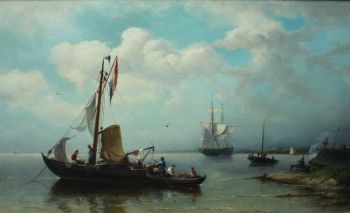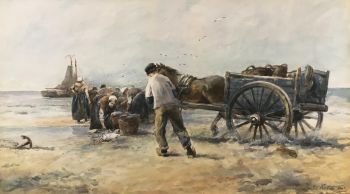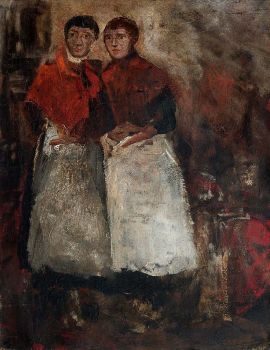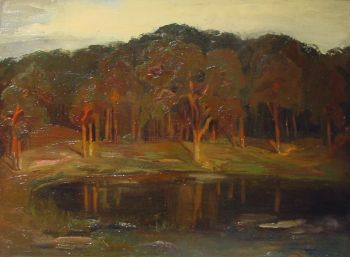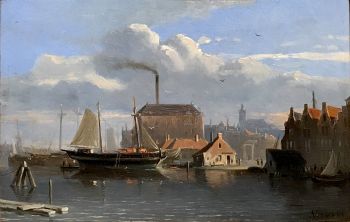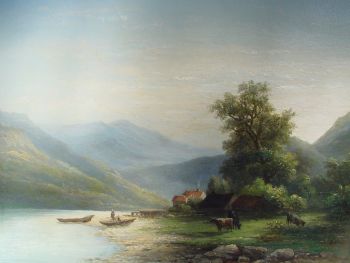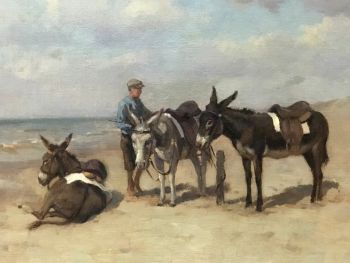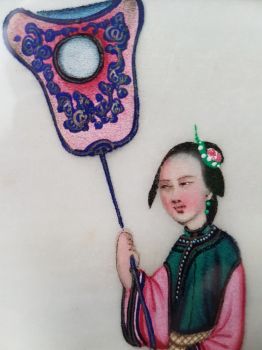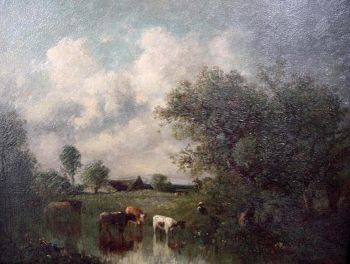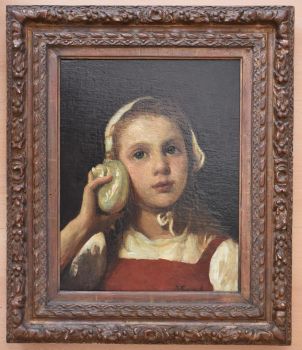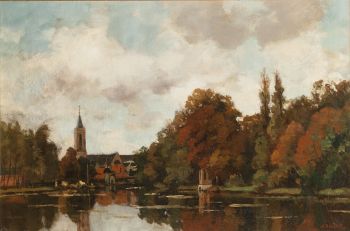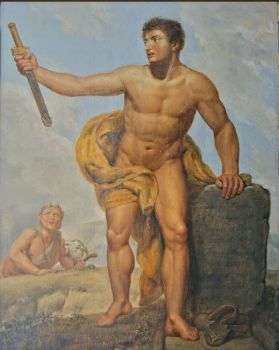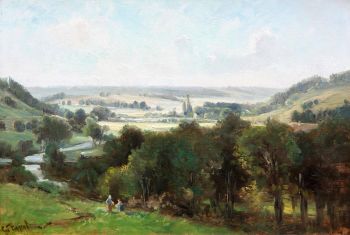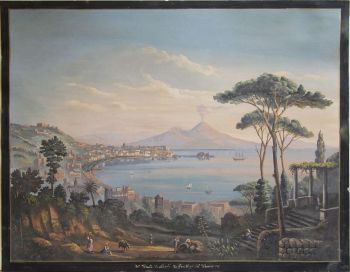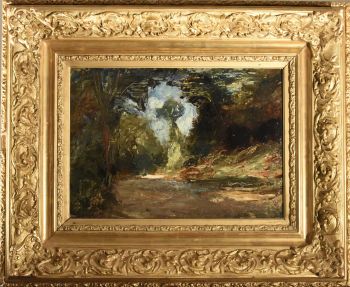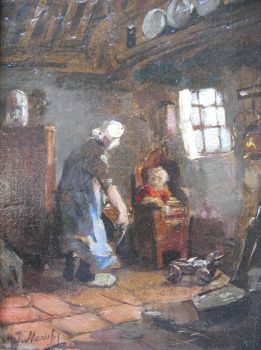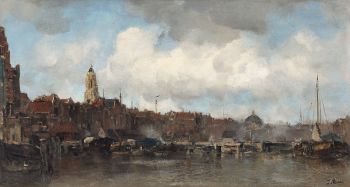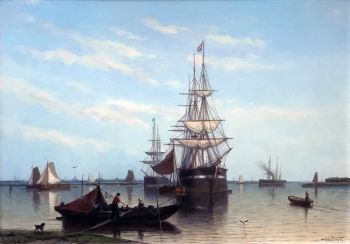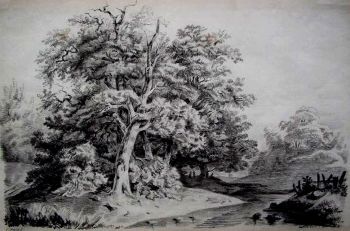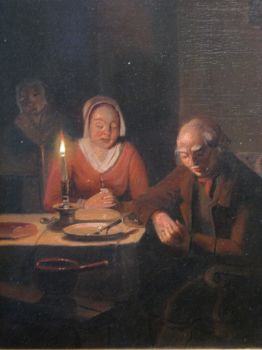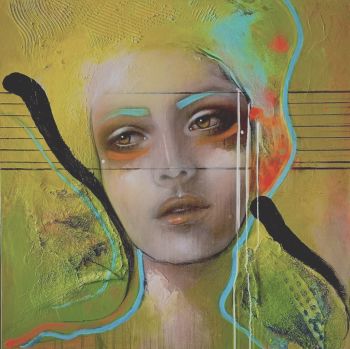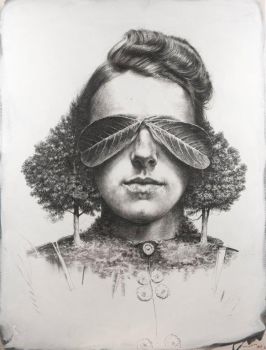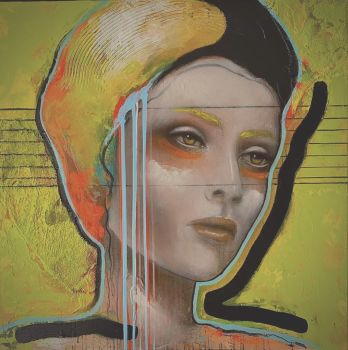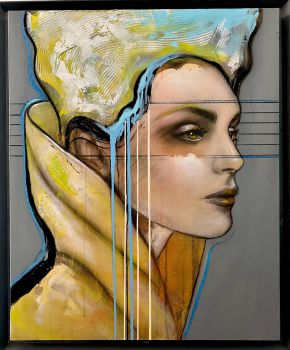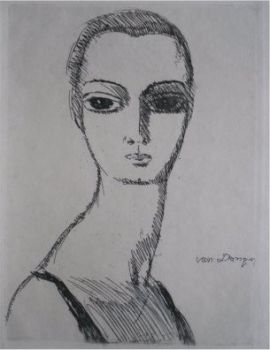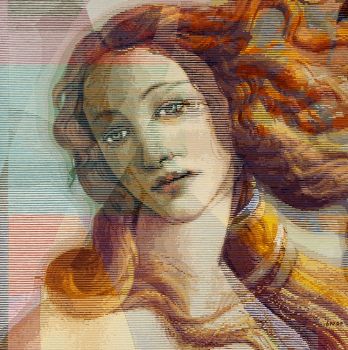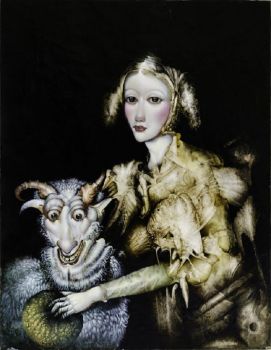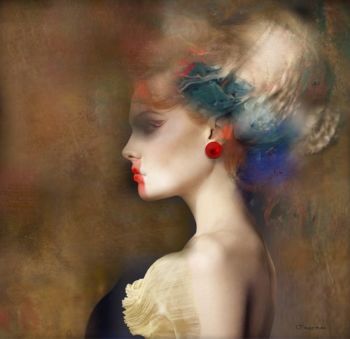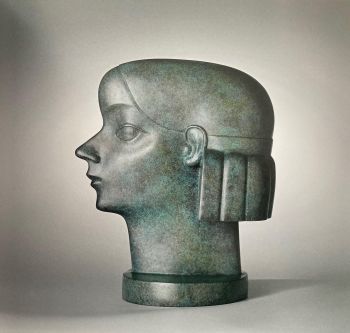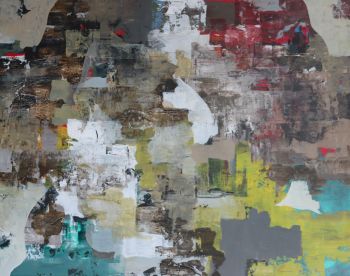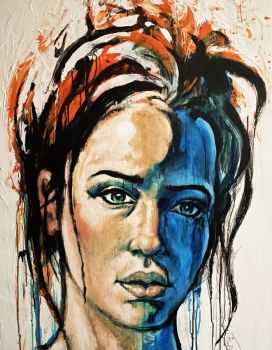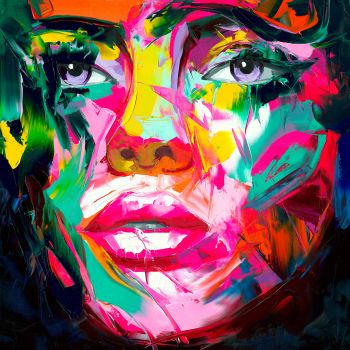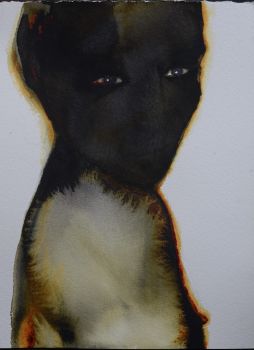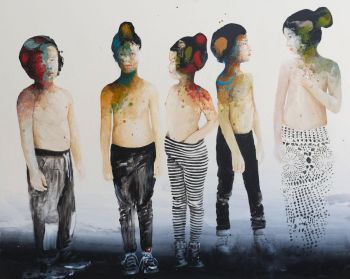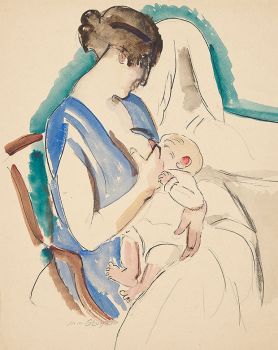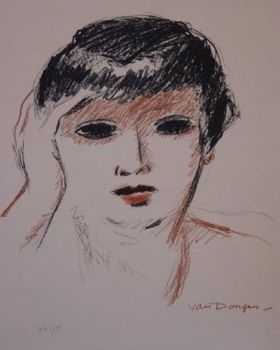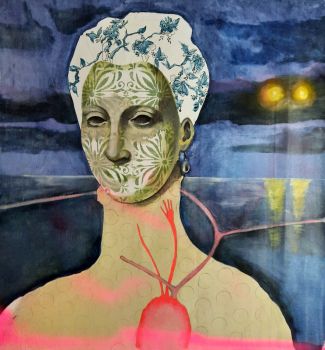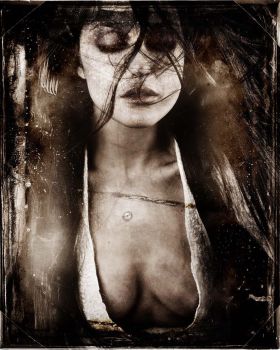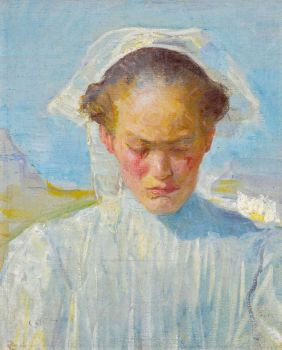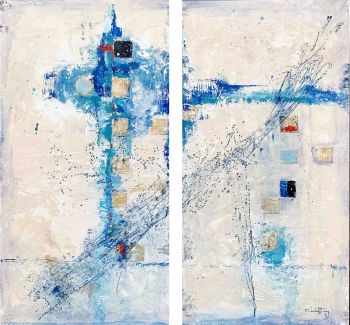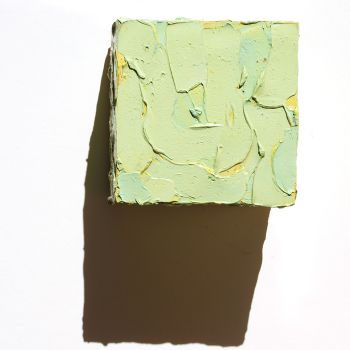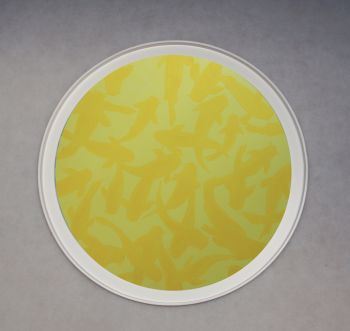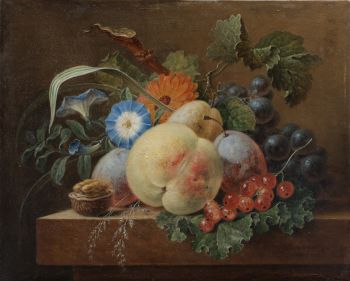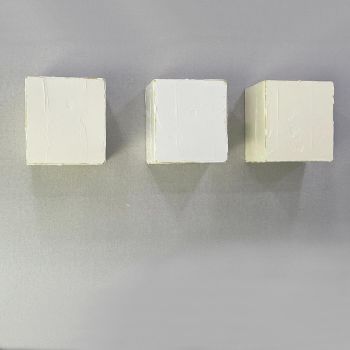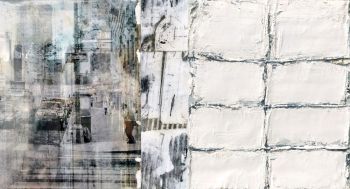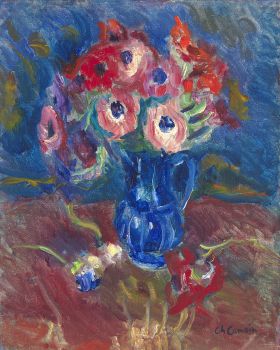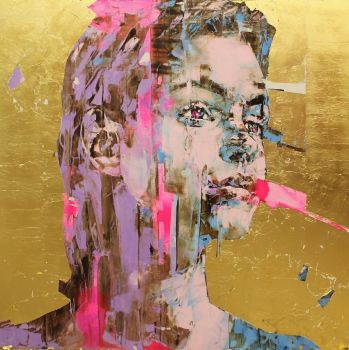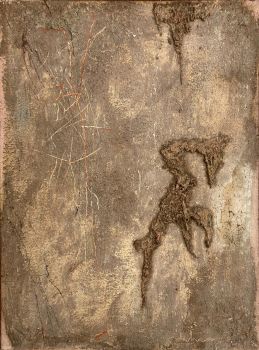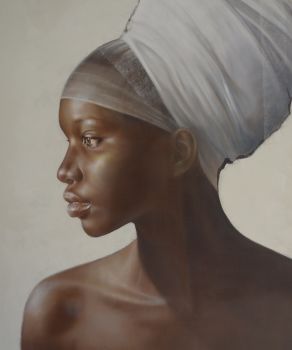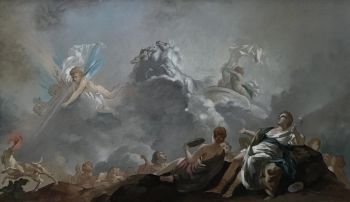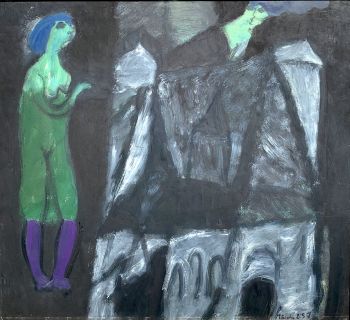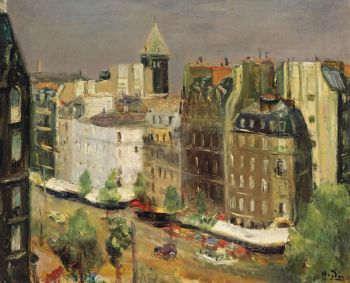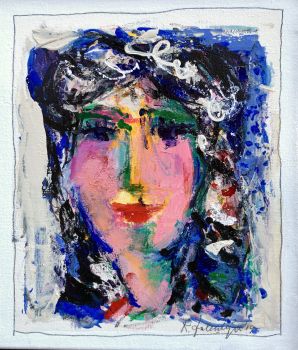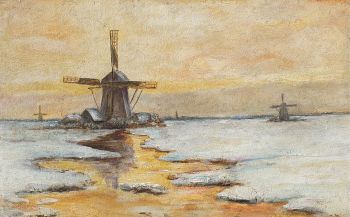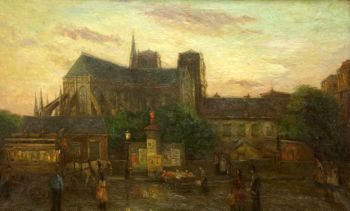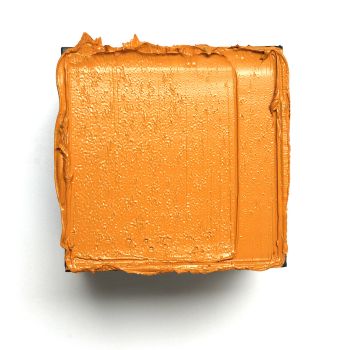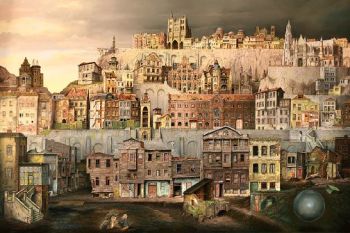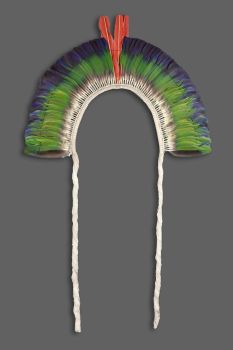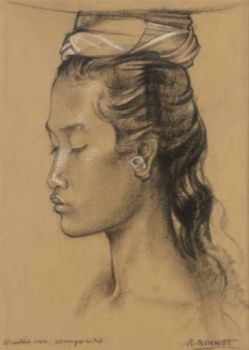Retrato de un punjabi en la India británica 1898
Hubert Vos
LienzoPintura de aceitePintura
74 ⨯ 59 cm
ConditionExcellent
Precio a consultar
Zebregs & Röell - Fine Art - Antiques
- Sobre la obra de arteSigned, Hubert Vos
Oil on canvas
Dimensions 74 cm by 59 cm
Hubert Vos was a true cosmopolitan, born in Maastricht he studied in Brussels, Rome and Paris, where he won a gold medal at the Paris Salon in 1886 and 1890. In 1887 he moved to London where he founded the society of British Portrait Painters and the Society of Pastellists together with his friend, the American-born and British-based painter, James McNeill Whistler.
In 1892 the Dutch Government appointed him as its commissioner at the World Exhibition in Chicago. There he became interested as an artist in the various racial types he met. He painted portraits of American Indians and people from Hawaii. Around the turn of the century he moved on to the Far East where he painted such high-placed persons as Prince Ching, Premier of China and uncle of the young Emperor, Yuan Shi Kai, the Javanese Sultan of Djokjakarta, the Emperor and the Crown Prince of Korea. But the most remarkable event of his life was the invitation he received in 1905 from the Dowager Empress of China, Tzu Hsi, to paint her portrait in her summer palace in Peking. Never before had a man been admitted there. The Empress, seventy two years old, told him she wanted a perfect likeness but that she must appear no more than forty years of age.
The result, a life-sized picture of the majestic, energetic woman, adorned with all the necessary imperial attributes was to her satisfaction and Vos was made commander of the Double Dragon and a mandarin. Tzu Hsi died in 1908 and with her over thousands of years of imperial rule over China. What Charles Cordier was for sculpture Vos was for painting; an ethnographic artist.
Vos made copies of all his portraits for his own collection.
The present portrait was a copy of a portrait exhibited in “Rulers of the East” in Holland House, 10 Rockefeller Plaza, New York, November 30, 1944.
Provenance: the artist’s collection and by descent to his grandson Hubert D. Vos - Sobre el artistaHubert Vos nació el 15 de febrero de 1855. Fue un pintor holandés nacido en Maastricht. Estudió en la Académie Royale des Beaux-Arts de Bruselas y con Fernand Cormon en París. Expuso ampliamente en París, Amsterdam, Bruselas, Dresde y Munich. De 1885 a 1892 trabajó en Inglaterra, donde expuso en la Royal Academy entre 1888 y 1891. Fue miembro de la Royal Society of British Artists. Su segunda esposa fue Eleanor Kaikilani Coney, de ascendencia hawaiana, china y estadounidense. En 1898, visitó Hawái, donde pintó a la gente local. En ese mismo año, Vos viajó a Corea, donde completó al menos tres pinturas por duplicado. En cada caso, dejó una copia en Corea y se quedó con una copia. Las pinturas son un retrato de tamaño natural del emperador Gojong, un retrato de Min Sangho (1870-1933) y un paisaje de Seúl. Las copias que quedaron en Corea colgaron en el Palacio Deoksugung hasta que todas, excepto el paisaje de Seúl, fueron destruidas por un incendio en 1904. Vos visitó China en 1899 y pintó retratos de líderes prominentes. La emperatriz viuda Cixi (Tzu Hsi), cuyo retrato había sido pintado al óleo por la artista estadounidense Katharine Carl, vio estos retratos e invitó a Vos a visitar China en 1905. Hizo un retrato de ella que todavía se exhibe en el Palacio de Verano. Después de regresar a Nueva York, terminó otro retrato que había comenzado en China. Este fue exhibido en el Salón de París, luego adquirido por Grenville L. Winthrop y entregado al Museo Fogg de Harvard. Además de los retratos y paisajes, Vos es conocido por sus escenas de interiores y pinturas de naturaleza muerta de porcelanas chinas. Los obsequios de la emperatriz viuda Cixi son los objetos favoritos de las pinturas de bodegones. Murió en la ciudad de Nueva York en 1935. El Museo del Louvre (París, Francia), el Museo Bonnefanten (Maastricht, Países Bajos), el Museo de Historia de Chicago, el Museo de Arte Fogg (Universidad de Harvard), el Museo de Arte de Honolulu, el Palacio de Luxemburgo ( París), el Metropolitan Museum of Art y el Smithsonian American Art Museum se encuentran entre las colecciones públicas que albergan obras de Hubert Vos. Hubert Vos murió en 1935.
¿Está interesado en comprar esta obra de arte?
Artwork details
Categoría
Tema
Estilo
Material y Técnica
Colour
Related artworks
Paulus Franciscus Kromjong
Flores frente a Arearea Aka (alegría) por Gauguin '20th century
Precio a consultarZebregs & Röell - Fine Art - Antiques
Artista Desconocido
A Surinam-themed Amsterdam long-case clock1746 - 1756
Precio a consultarZebregs & Röell - Fine Art - Antiques
 curada por
curada porGallerease Magazine
Artista Desconocido
A silver spoon commemorating Juff’ Margareta van Hoorn1656 - 1694
Precio a consultarZebregs & Röell - Fine Art - Antiques
Artista Desconocido
UN INUSUAL PLATO DE PLATA CON LOBBED INDONESIOlate 17th
Precio a consultarZebregs & Röell - Fine Art - Antiques
Thea G.F. Eschauzier
Retrato de una niña javanesa1931
Precio a consultarZebregs & Röell - Fine Art - Antiques
Artista Desconocido
Japanese transition-style lacquer coffer 1640 - 1650
Precio a consultarZebregs & Röell - Fine Art - Antiques
1 - 4 / 20Corstiaan Hendrikus de Swart
Mountain landscape with Lake1838 - 1900
Precio a consultarKunsthandel Pygmalion
 curada por
curada porDanny Bree
1 - 4 / 24- 1 - 4 / 24
Etienne Bosch
Cityview of Paris with the Notre Dame1883 - 1933
Precio a consultarKunsthandel Pygmalion
1 - 4 / 24Artista Desconocido
Japanese transition-style lacquer coffer 1640 - 1650
Precio a consultarZebregs & Röell - Fine Art - Antiques
Artista Desconocido
UN TOCADO DE PLUMAS TRIBU JURUNA1900 - 1950
Precio a consultarZebregs & Röell - Fine Art - Antiques
Artista Desconocido
An Indian part-gilt silver-clad ceremonial sceptre or mace with a tiger’s head1850 - 1900
Precio a consultarZebregs & Röell - Fine Art - Antiques
 curada por
curada porDanny Bree
Paulus Franciscus Kromjong
Flores frente a Arearea Aka (alegría) por Gauguin '20th century
Precio a consultarZebregs & Röell - Fine Art - Antiques
Engelbert Kaempfer
LIBRO DE ENGELBERT KAEMPFER1651 - 1716
Precio a consultarZebregs & Röell - Fine Art - Antiques
Artista Desconocido
Dos retratos de estudio de Mas Marco Kartodikromo1900 - 1950
Precio a consultarZebregs & Röell - Fine Art - Antiques
1 - 4 / 12






















